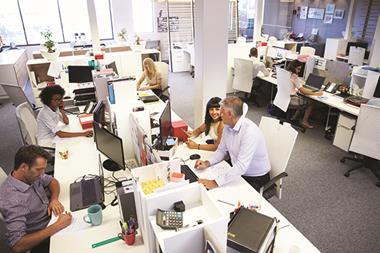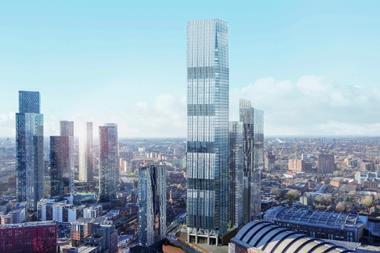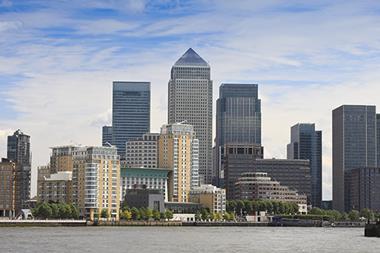The first episode of Property Week’s Get Set for Net Zero podcast series centres on the theme of retrofitting. PW legal and professional editor Tim Clark is joined by UK Green Building Council’s (UKGBC) Anna Hollyman, Mishcon de Reya’s Justine Ayto, and Octopus Real Estate’s Andy Scott to discuss how the real estate industry can ensure retrofit projects not only make a positive environmental impact, but add to the bottom line.
Get Set for Net Zero is sponsored by founding partner Mishcon de Reya, lead partners Hollis, Deepki and Chargepoint, supporting partner Octopus Real Estate and knowledge partner UKGBC.
LISTEN to this podcast via the player below, or alternatively click here:




One of the most fundamental questions in the world of built environment sustainability, exemplified by the ongoing public debate over M&S’ now quashed plans to demolish and rebuild their London headquarters, is whether retrofitting should always be the goal – or if there are cases when an entirely new building makes sense from a carbon footprint perspective.
Anna Hollyman, UKGBC’s senior sustainability advisor, argues that when looking at the numbers, retrofitting should be a priority. As she points out: “Just the substructure and the superstructure of the building could account for about 50 percent of the embodied carbon.”
Meanwhile, Justine Ayto, partner in Mishcon de Reya’s real estate department, agrees – and thinks that the rules could be changed to incentivize better building practices.
“Let’s have an expedited planning process to allow people to get through a bit quicker with a retrofit project than they might with a new build, perhaps with some some tax incentives,” she suggests.
While none of the guests doubt that retrofitting is an extremely technical and difficult process, there are, as Andy Scott points out, emerging technologies such as ‘digital twins’ that make it easier. “You’ve created a highly detailed mockup of that building before you even start on it,” he explains, “and you can tweak tiny assumptions to make the energy efficiency exactly what you want it to be at the end goal.”
And from a planning perspective, Justine Ayto argues that early engagement is paramount. “One of our key pieces of advice for clients is to get the team on board early and start looking at the site, so you know what you’re dealing with at the outset,” she says.
While the same can’t be said for older buildings, Anna Hollyman makes an important point – that any buildings currently under design or construction should be built to avoid the need for retrofitting in the future.
“We had the government advocating for net zero homes back in 2016,” she points out. “We need more guidance from governent to push ambition. We need faster progress.”
From his perspective however, Andy Scott sees cause for optimism. “Developers are using new technologies and standard,” he remarks. “Solar on the roof, air source heat pumps, good insulation – and as a result, the cost of living in those homes is massively reduced for the end user. And you have a home that is future proofed.”
Funding can however still present an issue, as Justine Ayto notes. “Some contractors say they can’t get a bond,” she says. “That’s a challenge for clients who are wanting to go down that route, trying to be sustainable, and have modular construction in mind, for example, but yet aren’t able to get the security.”
Looking to the future, however, the guests agree that retrofitting is only going to rise in importance.
“It’s going to become the top of people’s agenda,” Andy Scott remarks, “and technology is going to drive that agenda.”
“it’ll be a big tick in the box for a building if it’s been retrofitted and it can also meet the various carbon requirements,” Justine Ayto adds. “So, I think we just need to make sure that the labour force is upskilled to get on board and move towards 2030.”






























No comments yet